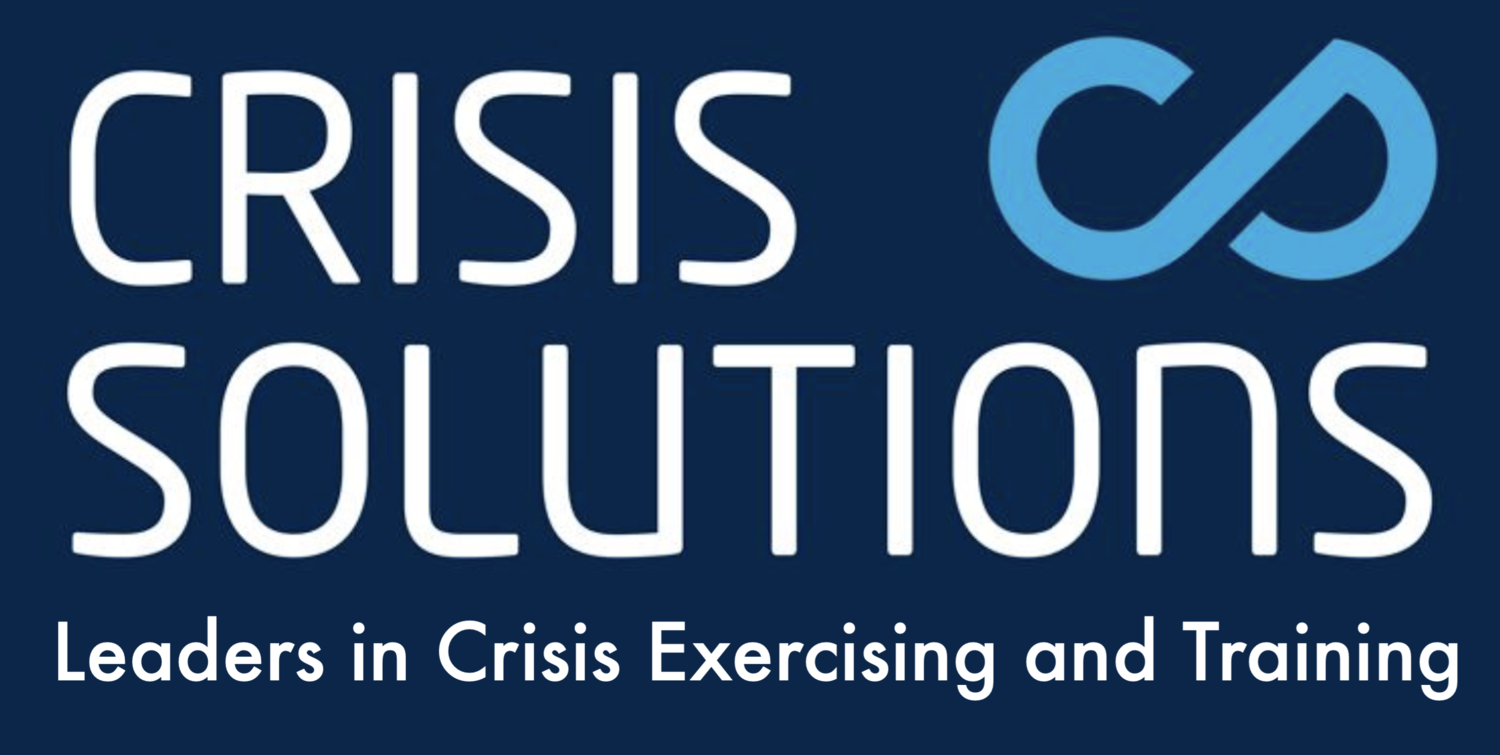The Gold, Silver, Bronze approach to crisis management.
I’m always slightly bemused when we start work with a new client and we ask them to explain their crisis management framework. When I talk about a crisis management framework I mean what crisis response teams do you have and what are the roles of those teams.
Bronze, Silver, Gold comes up in most of those early discussions, but then it gets a bit more confusing. In some organisations a bronze team will escalate an incident to silver, and silver will escalate to gold if appropriate. So far so good. In other organisations silver and bronze teams are stood up at the same time. And it’s not uncommon to find a framework where the silver team is convened first during an incident and then bronze teams are asked to enact their business continuity plans if deemed appropriate by silver. Gold involvement varies depending on, not only the nature of the incident, but also the size and culture of the organisation. To add to the mix we also come across ‘super gold’ teams, particularly in global operations or conglomerates with a number of subsidiaries. That’s just the activation process - when we get onto the roles of each team then thing often becomes even more varied.
The gold silver bronze idea goes way back and, in the UK at least, has its roots in the emergency services response structures around the time of the IRA bombing campaign on the UK mainland. The original idea was to provide absolute clarity on operational control during an incident, particularly where radio communication might be hampered. So, for example, as a silver commander at the scene of an incident I would know the extent of what I could and couldn’t order my teams to do, even if I was unable to get in touch with my gold commander. Importantly, this approach is not about seniority - an individual arriving early on at an incident might assume the role of silver command if this has not yet been established, regardless of their rank. Obviously the structure will reflect the seniority of officers over time as the incident progresses.
This approach has been adapted somewhat in business and as mentioned earlier, every organisation has a slightly different twist. I’ll be exploring more of this in future blogs but the question that I must answer here is “Is there a right or wrong way to build a crisis framework?” My answer is always:
First, does everyone understand the structure, which team they are in, the role of that team and their individual responsibilities? And second, does your structure work? If you can answer yes to those questions then your crisis management framework is the right one for you.

